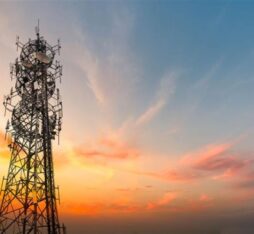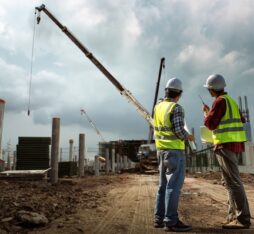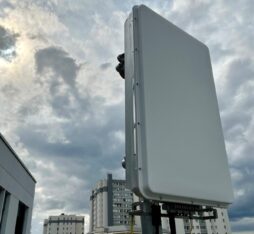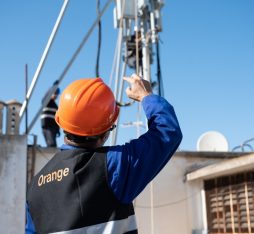The architecture of mobile networks is becoming increasingly complex with each generation as new technologies aimed at optimizing network performance, such as 5G Massive MIMO, are introduced. Such complexity makes it all the more essential to develop accurate and fast tools to support network design and optimize network coverage and bandwidth.
Software powered by crowd-sourced data and real data reported from the network, used to calculate antenna coverage performance.
Modeling Techniques Turn to AI
“The design of an effective mobile network, with optimal coverage and bandwidth, depends largely on where antennas are positioned,” says Stéfan Cathabard, R&D Engineer in the Wireless Engineering & Propagation team at Orange. “For this, we use radio wave propagation modeling techniques to get an estimate of an antenna’s coverage area. Today, these models are developed and used by radio engineers and researchers studying propagation rules in order to obtain complex calculations. Using these traditional models is relevant for an existing network, which capitalizes on extensive feedback that is predominantly based on field measurement campaigns used to test theory against reality.” In the face of denser, complex environments characterized by a fast-growing number of variables, these predictive calculations are becoming more difficult and time-consuming. AI is opening up new avenues to find solutions to these issues.
AI and Data, Keys to Performance
Rather than using physical models and ex-post field measurements, a new approach is to design, train and apply a machine learning model that is based on real data directly reported from the network. “The advantage of this alternative is that the model will no longer be guessing a theory but will show what is actually happening in real life. The software learns propagation rules and is powered by crowd-sourced data and real signal-strength measurement data reported by an agent embedded in Orange apps on customer mobile phones. This means it can deduce antenna coverage performance in near real-time, based on antenna location, positioning and configuration.” The model builds on the latest AI developments—in particular with graph neural networks—to gather millions of data, including geographic data on antennas, such as the topology of nearby buildings.
Moving Toward Autonomous Monitoring and Optimization
Stardust, the AI model, is able to adapt to the characteristics of its environment and evolve by training using data continuously reported from the real network. As it continues to integrate new data, Stardust will keep on improving and progressing with more ease than a classical model that requires extensive mathematical calculations to be cross-checked using time-consuming and costly field measurement campaigns.
Stardust is currently in the Proof of Concept (PoC) phase at Orange and will soon be trialed in real conditions in Burkina Faso to determine its applicability and relevance. In the future, research at Orange could focus on applying this approach to predict bandwidth.
This innovative modeling logic has already opened up new horizons in terms of network design and network performance optimization. The transition to 6G could further increase Stardust’s potential by integrating it in the future , an intelligent component designed to monitor and optimize RAN network functions in an automatic and programmable manner. This would pave the way for a future where networks would monitor the performance of each transmitting antenna, and adjust autonomously if needed.











